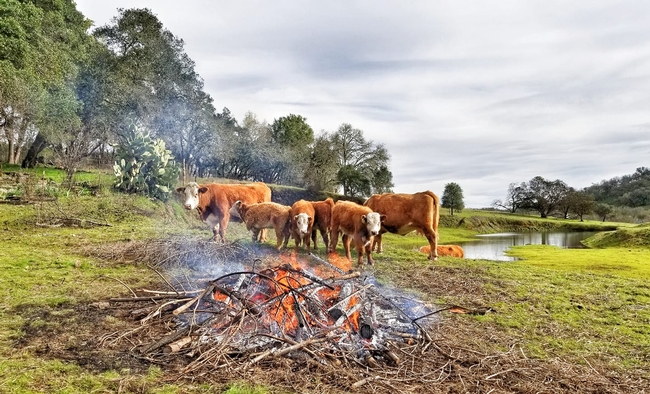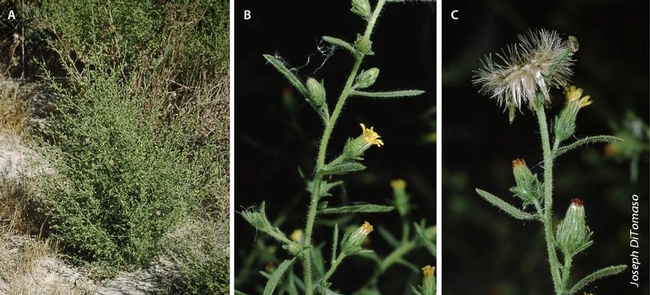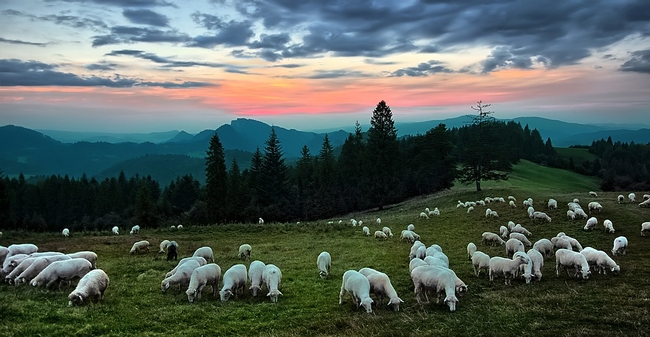- Author: Stephanie Larson
Valuable forage for livestock and wildlife is often lost on rangelands after wildfires. What should landowners, affected by recent fires, do to migrate the impacts to their rangelands - oak savannas, chaparrals and woodlands, which have undoubtedly lost grass production from recent fires?
The effect the fire has on the resulting vegetation and production can vary based on the timing and intensity of the fire, and the quality, quantity and type of forage and subsequent rainfall.
Estimating Loss
Estimating the cost of such losses cannot be based on traditional grazing rental rates for livestock because the impact of forage production is more for ranching than the impact of grazing. All residual dry matter (RDM) is removed with fire, and the soil profile is disturbed. In addition to the loss of forage, the next 2 years of forage production could be impacted along with the length of adequate forage-growing periods and species competition.
University of California Cooperative Extension (UCCE) publication 8446 Estimating the Cost of Replacing Forage Losses on Annual Rangeland can be downloaded free of charge to assist with calculating ranch losses and help reporting to the USDA Farm Service Agency (FSA). A UCCE advisor can assist with completing forage loss calculations and reporting requirements to FSA. In addition, the Natural Resources Conservation Service (NRCS) offers financial assistance in the form of a cost share (EQIP) for reseeding rangeland. This program is valuable because it provides enough financial help to make the practice economical.
When calculating losses most often the equivalent in hay is considered in monetizing the forage loss value (1 ton of forage lost = the cost of a ton of hay). USDA releases a weekly Direct Hay Report that can be used to determine the cost of replacement forage. This is usually the most practical method, but there are other costs to consider.
Assistance from the FSA and NRCS can assist landowners in replacing forage loss, livestock, and fences. Check with our local FSA county office to make sure that all production acreage is on file so that it is covered, and that all applicable programs are signed up for. In many cases, there are deadlines to file for assistance that are put in place once losses occur.
Seeding
A fire, one occurring late summer or early fall, can burn the RDM remaining following the grazing season. With RDM burned, there is a higher chance of erosion after the first rains, especially if early rains are heavy. Erosion control is essential to prevent or control water and soil erosion on lands, especially those with steeper slopes. Effective erosion control techniques will inhibit surface runoff and are important measures to prevent water pollution and soil loss.
The type of seeding depends on your resource goals. If you want to reseed following a fire, contact our UCCE office to assist in designing the most appropriate mix. Site conditions, management, and rainfall vary between properties which can change appropriate seeding recommendations. It is worth getting this part right, otherwise the effort may be wasted. It is generally recommended to use a blend containing a mix of annuals, which will germinate early and assist with holding the soil, along with perennials which are long lived grasses that are productive, but require specific management for success.
Seeding is best be done immediately prior to fall rains as grass fires don't provide enough ash for broadcasted seed to make good seed to soil contact allowing for seed to be adequately covered. No till drilling seed is best or if broadcasting, cover the seed with a harrow after broadcasting. Broadcast seeding too early can results in birds eating the seed prior to germination. Flying seed on with an airplane should be done just prior to rain.
If an establishment of desirable forage species already existed, seeding may not be necessary since grass fires that occur in summer or later should have little effect on mature seed laying on the soil surface. This would negate much of the benefit in seeding; however, production will still be less due to the lack of soil cover, particularly if it's a dry winter. Fires that occurred in higher brush densities can get hot enough to affect seed on the soil surface. Their advantage is that they do provide a nutrient rich seed bed and source of cover for seed to fall into. Reseeding these areas can be successful by dropping seed into the white ash. Because weed competition is usually eliminated by these hot fires, and fertility is high, these seedings have been successful in the past.
Hydro Seeding
Hydro seeding (or hydraulic mulch seeding, hydro-mulching, hydra seeding) is a planting process that uses a slurry of seeds and mulch. It is often used as an erosion control technique on construction sites, as an alternative to the traditional process of broadcasting or sowing dry seed, or on recently burned areas, on sites that have high erosion potential following a fire.
Links
- UCCE Sonoma email: cesonoma@ucanr.edu
- NRCS Petaluma office: (707) 794-1242 ext 107
- FSA Petaluma office: (707) 664-8593
- Author: Karen Giovannini

Matchmaking grazing animals with grass and rangelands
Professional grazing of overgrown rangelands, pastures and parcels is proven to reduce the spread of dangerous and costly wildfires.
Do you have land but no livestock and feel concerned about fire fuels on your property? Or are you a livestock owner that can provide a grazing service and/or need land and forage for your animals? Match.Graze can help.
Match.Graze is a free online platform connecting landowners statewide who want grazing animals to livestock owners with animals that can provide vegetation management services, created by UC Cooperative Extension.
From small semi-rural communities to large open spaces, grazing can provide an affordable solution to the inevitable accumulation of fire fuels. Grazing can be more cost-effective for reducing fuels on landscapes that are too steep, rocky or remote for mowing or chemical treatment, or in the wildland-urban interface where burning is not an option.
“I've noticed on several fires, including extreme fires, the fence lines where the fire just stopped. And the one variable, the one difference, was grazing,” said Marshall Turbeville, CAL FIRE battalion chief.
Cattle, sheep, goats and other grazing animals all have different roles to play in grazing for fire fuel reduction. If you want to use livestock to help reduce fire risk in your area, visit MatchGraze.com.
“Every property is different and requires thoughtful consideration of how it should best be grazed,” said Stephanie Larson, director of UCCE in Sonoma County, UCCE livestock and range management advisor and co-creator of the livestock-land matchmaking service. “UC Cooperative Extension is here to serve, put Match.Graze to work and let's prevent catastrophic fire while helping landowners and agriculture.”
To find a local grazing partner, visit MatchGraze.com,
set up a free account, create a pin on the map and make a match.
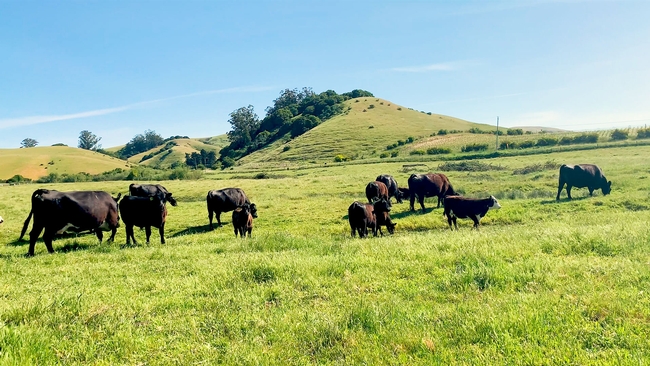
- Author: Stephanie Larson
- Editor: Karen Giovannini
Producers experiencing this damage may be eligible for assistance.
Crane flies, Tipula oleracea, are once again present on Sonoma and Marin County's range, pasture and cultivated lands this season. I have seen their presence only 3 times during my career, but when in large numbers, the done significant damage. The seasonably warm, average 68 degrees, November, followed by a December that lack proper chilling days, resulting in the survival of excessive Crane fly larvae. Weather conditions have led to current infestations on range, pasture and cultivated lands. Larvae are usually killed when a hard frost occurs during the winter season. During this season, we did not experience an adequate frost to kill the larvae; resulting in a large larvae survival.
Larvae winter in the soil, and when the weather warms, they resume feeding (and damaging fields).
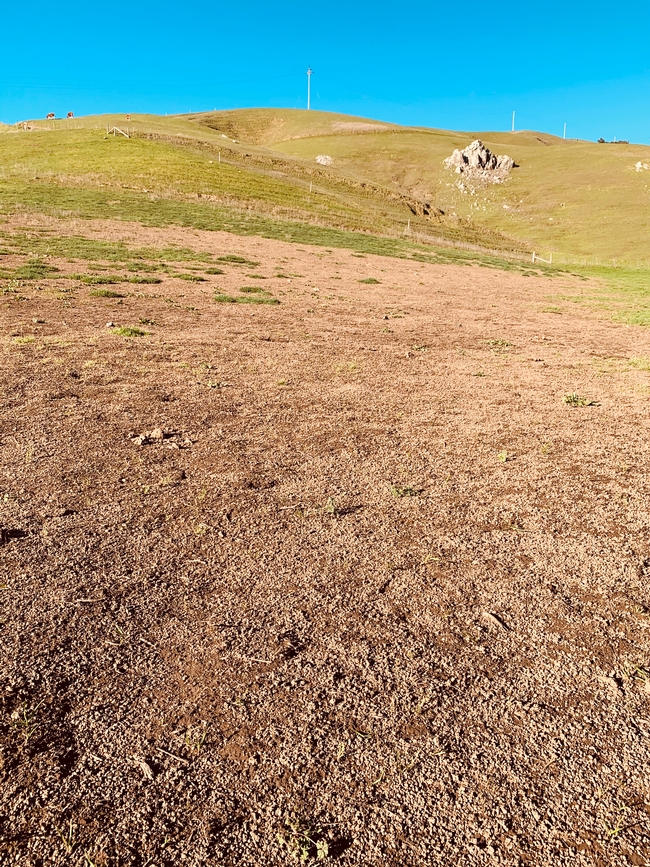
Larvae are consuming forage at an alarming rate. During the day larvae mostly stay underground but on damp, warm nights they come to the surface to feed above ground parts of many plants. The larvae vary in size, but at maturity are 1 to 1 ½ inches long. Producers are reporting many areas, completely denuded of forage. In areas affect, there 100% loss. Around mid-May, larvae wriggle to the surface and the adults emerge; there is one generation a year. The larvae are the damaging stage of this pest (Figure 2).
"This is why we need Cooperative Extension; they came out to assess the damage to our silage field and quickly determined the cause of the problem. They provided assistance and support to reduce the impact of our forage losses." Jennifer Beretta, Beretta Family Organic Dairy.
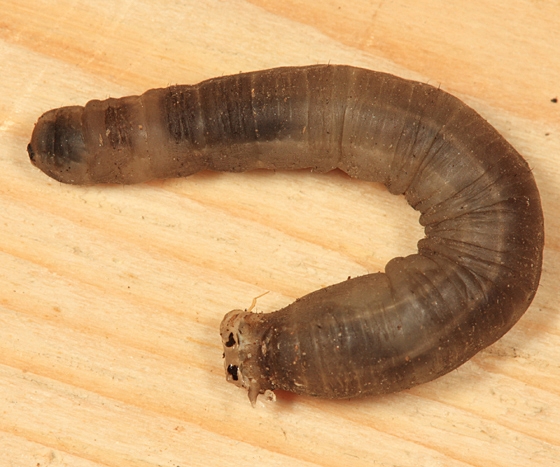
Identify
To determine if these patches are from larvae infestations, dig at the edge of bare ground and grass, 1-2 inches below the surface, larvae will usually be found at the base of the vegetative layer (thatch) or in the soil just beneath the plants. They will be anywhere from ½ to 1 inches in length.
Control
Control options are limited, especially if the land is under organic production. Beneficial nematodes can be spread on the land to reduce the larvae infestations. Unfortunately, this method results in only 50% control. Organic sprays can also be used, but their efficacy has not be researched in California. Discing bare ground might expose larvae to predators such as birds and predaceous ground beetles and other natural causes. The use of chickens might also be effective if they are able to scratch the ground to get the larvae.
Bare patches of ground can be seeded, if done early. Given it is so late in the growing season, reseeding with annual species, to prevent weed infestations or soil erosion, will be the best option. You can graze the silage crop in order to recoup forage losses.
Assistance
All affected producers should contact the Farm Service Agency, Cecilia Medina, ana.medina@usda.gov, 707-644-8593, on programs for forage losses. The Emergency Livestock Assistance Program (ELAP), is available to producers when forage losses can be attributed to weather up to 180 days per year. Weather is the cause for the infestation of Tipula oleracea infestation (see table below). Contact Cecilia as soon as possible; she can assist in filing a notice of loss. Their office is located at 1301 Redwood Way, Petaluma.
|
January 2020 |
Avg. Temps 58/37| Rainfall total of 1.94 (Santa Rosa, CA) |
|
December 2019 |
Avg. Temps 57/42 | Rainfall total of 7.01 (Santa Rosa, CA) |
|
November 2019 |
Avg. Temps 68/36 | Rainfall total of 1.47 (Santa Rosa, CA) Another Frost Warning was issued on Thanksgiving night: https://www.pressdemocrat.com/news/local/10387442-181/freeze-warning-issued-for-north?sba=AAS |
|
October 2019 |
On October 30, 2019 a Frost Advisory was issued in Sonoma County; https://www.pressdemocrat.com/news/10240107-181/frost-advisory-issued-as-parts?sba=AAS |
If you are under organic certification, contact your local certifier. They need to know that you are experiencing a forage loss emergency.
If you need additional assistance, field visit or support letter of loss from UCCE, please contact me, at slarson@ucanr.edu or Randi Black, rablack@ucanr.edu
Additional Information
UC IPM Crane Fly Fact Sheet
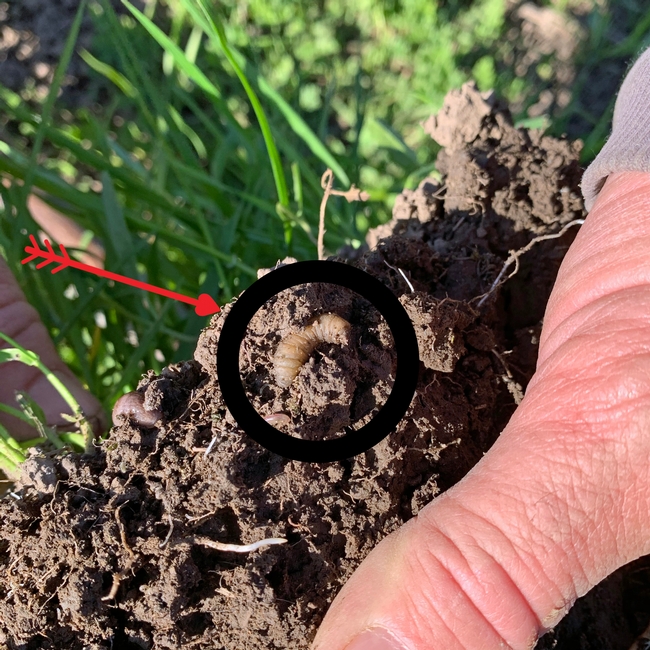
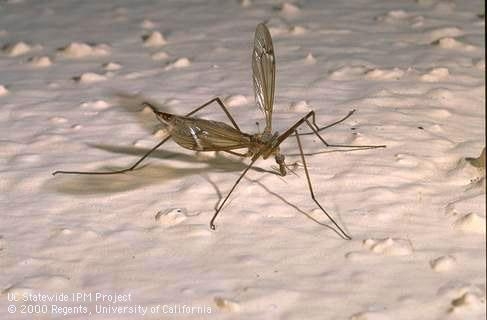
- Author: Stephanie Larson
- Editor: Karen Giovannini
"To stop or slow the spread of this newly invasive plant in California,
we must quickly develop effective management tools
and an informed management approach."
With several weather related events, fire, extreme heat, etc., there has been an increase of undesired species growing on rangelands. Invasive species out compete with the more desired species such as grass, forbs - forage for grazing animals, both livestock and wildlife. Once of these species is Dittrichia graveolens (L.) Greuter, commonly known as Stinkwort, is an invasive species that is expending on lrnaglends in Sonoma and Marin Counties.
Stinkwort is not considered as a palatable species to animals and can be poisonous to livestock and cause contact allergic dermatitis in humans. Minimizing the impact of this noxious weed requires a good weed management plan. It will be important to begin a control program for this and other invasive species given our recent fire. Noxious weed can thrive in the burned areas, and the recent fire exposed ground surfaces, reduced shade and increased light, creating a flush of nutrients. All of these conditions favor this weed.
In California, this weed is found primarily along roadsides. However, the biology of this annual plant suggests that it could also invade open riparian areas and overgrazed rangelands. Stinkwort has an unusual life cycle among annual plants: unlike most summer or late-season winter annuals, stinkwort flowers and produces seeds from September to December. Such basic biological information is critical to developing timely and effective control strategies for this rapidly expanding weed.
Stinkwort seeds are likely spread by wind, on the fur and feathers of mammals and birds and on motor vehicles and equipment, thus moving along transportation corridors. Stinkwort has very high seed viability, with an average of about 90% of the seeds capable of germination at the time they disperse from the plant. While the primary expansion has moved radially from the original infestation in Santa Clara County, it has been present in Sonoma County since early 2000.
What makes stinkwort's life cycle rather unusual is that it matures much later in the season than most annuals, even other late-season winter annuals. For example, yellow starthistle begins to send up a flowering shoot (bolt, referred to as moderate growth in April, begins flowering in late June, and — like most late-winter or summer annuals — has completed its life cycle by September or October. In contrast, stinkwort begins to bolt in mid-May, grows most of its branches and leaves between June and September and flowers and produces seeds from September to December. What makes stinkwort's life cycle rather unusual is that it matures much later in the season than most annuals, even other late-season winter annuals.
Aside from the tarweeds, there are few other late-season winter annual species with a similar life cycle in the native California flora. Some other weedy species, such as Russian-thistle, horseweed (Conyza canadensis (L.) Cronquist) and yellow starthistle (Centaurea solstitialis L.), have similar life history strategies, with only Russian-thistle and horseweed flowering within the same time frame as stinkwort. In contrast to stinkwort, Russian-thistle is a summer annual that germinates in spring.
Stinkwort can grow roots as deep as yellowstarthistle andvirgatetarweed, this occurs several weeks after these other grassland annuals grow their roots. Thus, it may be that stinkwort will not be a significant invasive plant of rangelands, except in years when there is significant late-season rain or when competitive winter annual species are removed by overgrazing. Nevertheless,stinkwort has also been observed in open riparian systems, where water is not a limiting factor and a slow-growing shallow root system will not limit its competitive ability. It is possible that this non-native species may eventually become a problematic weed in these more-open wetland areas.
Current control methods.
The challenge in controlling stinkwort is applying the appropriate management at the proper time. Although traditional methods of control, including mechanical and chemical techniques, can be effective, determining the most appropriate timing has been difficult. If management actions are not taken before plants begin to produce seeds in the fall, there is a risk that they will help disperse seeds rather than control stinkwort populations. For example, mowing may move seeds on equipment for long distances when conducted too late in the season. Unfortunately, a poor understanding of the biology of this plant and of how to control it effectively have led to unsuccessful management of growing infestations as well as much wasted time and money. However, management tools that prevent seed production for 1 to 2 years have the potential to greatly reduce the soil seed bank and, thus, the population size.
Biological or cultural practices.
There are currently two biological or cultural practices that can be employed to limit the ability of stinkwort to invade an area. One is to minimize disturbances such as overgrazing and soil manipulation in natural andrangeland sites. Second, pastures should be managed for dense, competitive stands of desirable perennial or annual grasses that maximize ground cover in spring, when stinkwort seedlings are beginning to establish.
Mechanical practices.
Mechanical control options can take advantage of the stinkwort root system, which is slow growing and initially relatively shallow. Plants may be controlled by hoeing or pulling. However, because stinkwort can cause dermatitis, it is important to wear appropriate protective clothing (long sleeves, long pants, gloves) to minimize exposure to the irritating oils. Once in flower, stinkwort plants should be bagged and removed from the site to prevent seeds from maturing and dispersing after the plants have been cut and left on the soil surface. Mowing can provide partial control when conducted late in the season. However, buds remaining on branches below the level of the mower may regrow. Mowing a second time can give improved control, especially when conducted after the soil has dried out in mid- to late summer. In contrast, mowing too early, as is done on highways to reduce the threat of grass fires, will favor stinkwort by removing competing annuals while this weed is still small and lower than the mowing blades.
Postemergence herbicides.
Postemergence herbicides are applied to small germinated seedlings or young plants. Thus, in contrast to preemergence herbicides that are generally applied to larger areas before seeds germinate, postemergence applications can directly target known infestations visible to the applicator. However, the sticky oils on the foliage, especially on mature plants, make it difficult to control stinkwort with postemergence herbicides. To overcome this, it may be necessary to use ester formulations of postemergence phenoxy-type herbicides (2,4-D, MCPA, triclopyr, etc.). However, these compounds are more volatile compared to salt formulations (commonly used in summer), and some should not be applied when ambient temperatures will reach or exceed 80°F.
In University of California experiments conducted for the postemergence control of stinkwort, it was found that the salt formulation of triclopyr at 24-ounce acid equivalent (a.e.) per acre (2 quarts Garlon 3A per acre) gave the most effective level of control following a postemergence application. Triclopyr is selective and relatively safe on grasses, but it must be used cautiously around vineyards, as grapevines are extremely sensitive to triclopyr drift. It is also important to note that control with postemergence herbicides is most effective when plants are young, actively growing and not exposed to stresses such as drought. For stinkwort, this is generally just before or at the time of bolting.
Glyphosate (Roundup Pro) at 1 quart product per acre also gave fairly good control, and anecdotal information from other land managers indicates that a rate of 2 quarts product per acre gives control similar totriclopyr at 2 quarts product per acre. Unfortunately, other herbicides, including aminopyralid (Milestone) and aminocyclopyrachlor (one of the active ingredients in herbicide Perspective), did not provide effective late-season post-emergence control of stinkwort. As previously discussed, plants also partially recovered from late-season mowing.
Pre- and early postemergence herbicides.
Because stinkwort germinates throughout the rainy season, the most effective control options are likely to be broadleaf selective herbicides with both pre- and early postemergence activity, which can control both new germinants and young emerged seedlings. A fairly new group of foliar- and soil-active growth regulator herbicides have proven very effective in winter and spring applications for control of yellow starthistle and other members of the sunflower family (Asteraceae). These herbicides have the ability to control both emerged young plants through foliar activity, as well as germinating seedlings through soil activity. These chemicals include clopyralid (Transline), aminopyralid (Milestone) and aminocyclopyrachlor, and they are generally safe on grasses. In preliminary research, UC found that winter applications of aminocyclopyrachlor and spring applications of Milestone VM+ (aminopyralid plus triclopyr) showed the greatest potential for controlling stinkwort. Early-season application of glyphosate, however, controlled competing vegetation and so allowed late-germinating stinkwort to thrive. Thus, glyphosate is best used later in the season as a post-emergence application.
It will be critical to assess the impact that stinkwort is making on your rangelands. A rancher should inventory and map the impacted areas of the ranch; then develop a management strategy to control this invasive plant. Having invaded sites mapped allows ranchers to assess future expansion and can help prioritize management activities. This work also lays a foundation for future implementation of specific management methods. To stop or slow the spread of this newly invasive plant in California, we must quickly develop effective management tools and an informed management approach.
For more information on control strategies: Stinkwort is rapidly expanding its range in California by Rachel Brownsey, Guy B. Kyser, Joseph DiTomaso,
- Author: Stephanie Larson
- Author: Michelle Nozzari
- Editor: J. M.
Updated Sept 17, 2020 to add link. Visit: MatchGraze.com
As previously mentioned in the September 2018 issue of the Farm Bureau newsletter, the frequency, intensity, and size of wildfires in northern California have increased. This trend is alarming given that California's fire season is expected to become longer and start earlier. The fire season started in early June this year as Sonoma County experienced smoke from Sand Fire in Yolo County. To mitigate future fire, the County of Sonoma has adopted a new hazardous vegetation abatement ordinance which mandates that parcels of 5 acres or less must maintain defensible space around all buildings/structures and remove all vegetation that poses a fire risk. As policymakers in our communities and across the state continue to explore initiatives to prevent wildfire, the agricultural community can demonstrate real impacts in reducing fire fuel through managing existing vegetation on our working landscapes - forest and rangelands. We need to educate the public on the importance of managing these valuable landscapes using a multitude of tools, especially grazing. The extent to which the public understands fire risks and accepts the adoption of all potential tools for forest and rangeland health will increase the likelihood of potential collaborative management strategies imperative to community resiliency.
Grazing is a cost-effective vegetation management alternative that works best in cases where other options are impractical and financially ineffective. Specifically, targeted grazing can be more cost-effective on landscapes that are too steep, rocky, or remote for conventional vegetation management (like mowing or chemical treatment), or in the urban-wildland interface where burning is not an option. Targeted grazing is the application of a specific kind of livestock at a determined season, duration, and intensity to accomplish defined vegetation or landscape goals. This concept has been around for decades and has taken many names, including prescribed grazing and managed herbivory. The major difference between good grazing management and targeted grazing is that targeted grazing refocuses outputs of grazing from livestock production to vegetation and landscape enhancement. The concept of a target requires that one has a clear image on which to focus and then aims something (i.e., an arrow) at the target to accomplish the desired outcome. In the case of targeted grazing, the land manager must have a clear vision of the desired plant community and landscape, and the livestock manager must have the skill to aim livestock at the target to accomplish land management goals.
As mentioned in the June 2019 Farm Bureau newsletter (Quackenbush), sheep grazing is being applied on lands throughout the county to help reduce fire danger. Targeted grazing is a very different business model than simply grazing for livestock production. Effective targeted grazing focuses on impacting target vegetation at exactly the right time for specific landscape or vegetation goals. Traditional livestock production, on the other hand, focuses on putting weight on animals or increasing reproductive success. Traditional livestock operations generate income from the sale of animals and animal products; these operations focus on body condition and the nutritional status of the animals at specific production stages. Targeted grazers generate income from vegetation management services; these operations may accept a drop in body condition or reproductive success to achieve desired impacts to low-quality forage as long as this service is paid for. Both models can reduce fire fuels; no one model is better than the other.
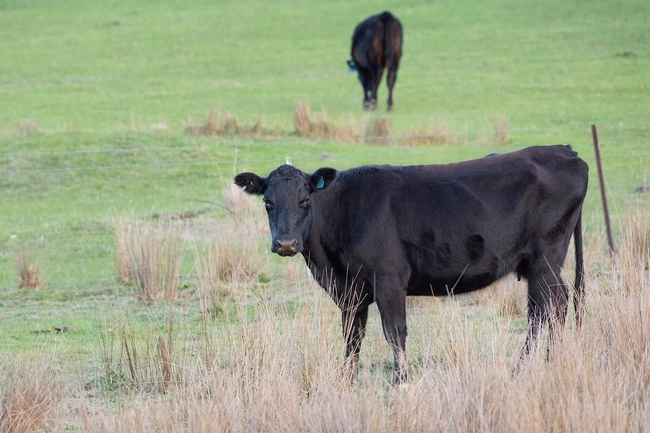
Last month, UC Cooperative Extension and SRJC Agriculture and Natural Resources Department offered a grazing school at Shone Farm. Landowners and targeted grazers learned how to implement targeted grazing on local working landscapes. Participants gained knowledge on how to design a grazing program on their own managed lands or if they decided not to own animals, how to use this knowledge when hiring a targeted grazer. A neighborhood grazing partnership was created at the school along with new opportunities for targeted grazers.
Additionally, UC Cooperative Extension (UCCE) Sonoma/Marin, is creating a “Match.Graze” system which connects landowners, who have no animals, to targeted grazers, those that can bring their animals on property to perform vegetation management service. If your parcel (s) is/are greater than 50 acres, this system will be a great resource. While it is more cost-effective for target grazers to grazer larger parcels, those with smaller parcels in neighborhoods or communities can join together to have multiple parcels of varying sizes in the same geographic area receive vegetation management by the same grazer. If you want more information about the use of grazing, how to set resource goals for your rangelands, or help to find a grazer for your parcel, call the UCCE office at 707-565-2621 or complete this survey to help UCCE better meet your desire to manage vegetation to prevent future fires in Sonoma and Marin Counties. The survey can be found at www.ucanr.edu/rangeland.

